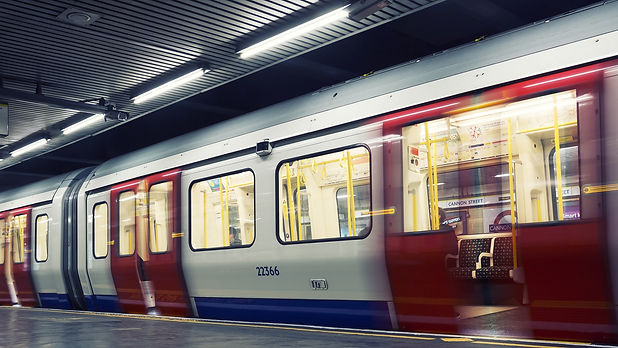
Case Studies
London Underground
Using train and submarine technology to meet London Underground’s challenge
Challenge
London Underground Limited wanted to offer passengers 3G connectivity along one of its lines, in stations and travelling on tube trains. To achieve this, infrastructure including fibre optic cable and junction cabinets needed to be sited along tracks within tunnels.
LUL approached ACT Universal with some very specific requirements and exceedingly demanding safety criteria for such a challenging environment:
-
Enclosures could not have hinged doors which could swing open into the path of trains.
-
They had to be fire resistant and meet “low smoke zero halogen” requirements.
-
They had to meet IP67 requirement.
-
The enclosures had to pass test RIA 20 part 2, a vibration test designed for the bogies on trains, not 2mm stainless steel enclosures. No metal box had passed this test before.
Solution
At ACT Universal we relish a challenge. We manufactured the required enclosures using 304 stainless with a detachable access plate rather than a hinged door. In order to meet IP67 to keep out dust and water ingress we incorporated submarine technology, using a military grade glanding system for the cabling ingress. These are normally used to pass cables through submarine bulkheads in pressurised systems.
Inside the enclosure, we designed a fibre optic cable tray system and splicing layout with a spare cable looped inside in a management system to optimise space.
We also had to solve the problem of cable creep caused by the vibration from passing trains. We incorporated restraint posts to which we could secure cables.
Our main challenge was almost to defy physics by building a metal enclosure sturdy enough to pass RIA 20 part 2. Placed on a test rig that shook the enclosure in three dimensions for hours at a time, our first prototype was literally ripped apart at the folds.
However, we worked with LUL’s test facility over several months, measuring vibration magnitude and frequency across the box on the test rig.
We realized that we had to weld the enclosure less, making it weaker not stronger. This gave the structure enough flex to dampen vibration across the enclosure. As a result, ours is the only enclosure to have successfully passed RIA 20 part 2.

Results
We successfully built hundreds of cable enclosures that completely fulfil LUL’s stringent safety standards, allowing them to complete their project of introducing 3G for passenger mobile phones underground. To date, none of LUL’s enclosures have failed or led to a health and safety problem.
In terms of engineering our product is superior to any other on the market and is unique in its compliance with underground railway regulations. As a result of the knowledge and expertise we developed on this job, we are being asked to weld enclosures for other companies, including Ericsson.
